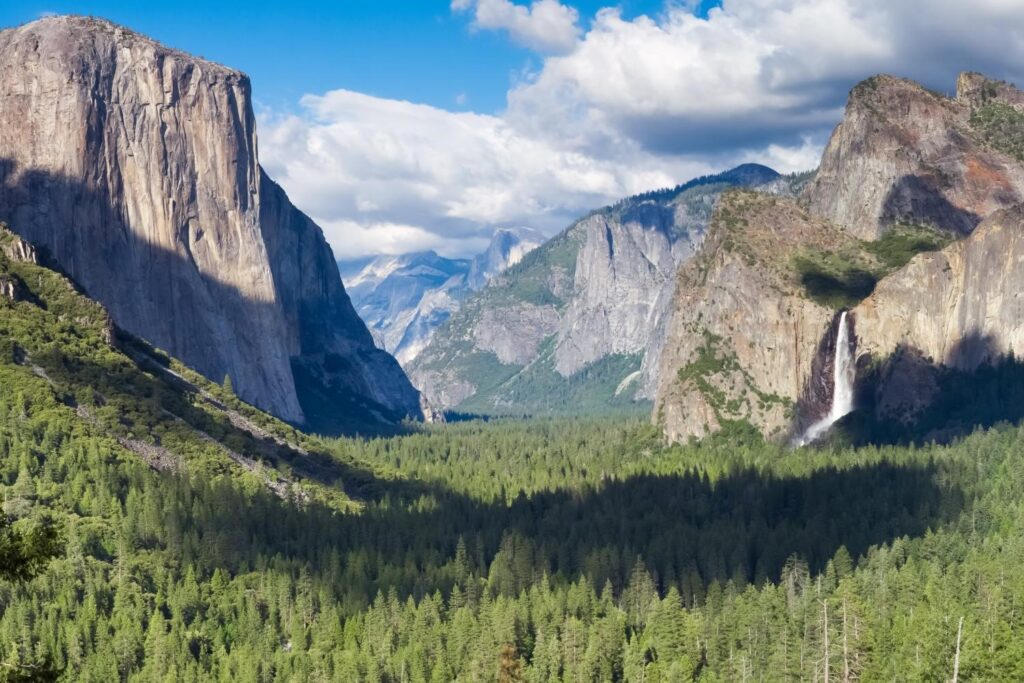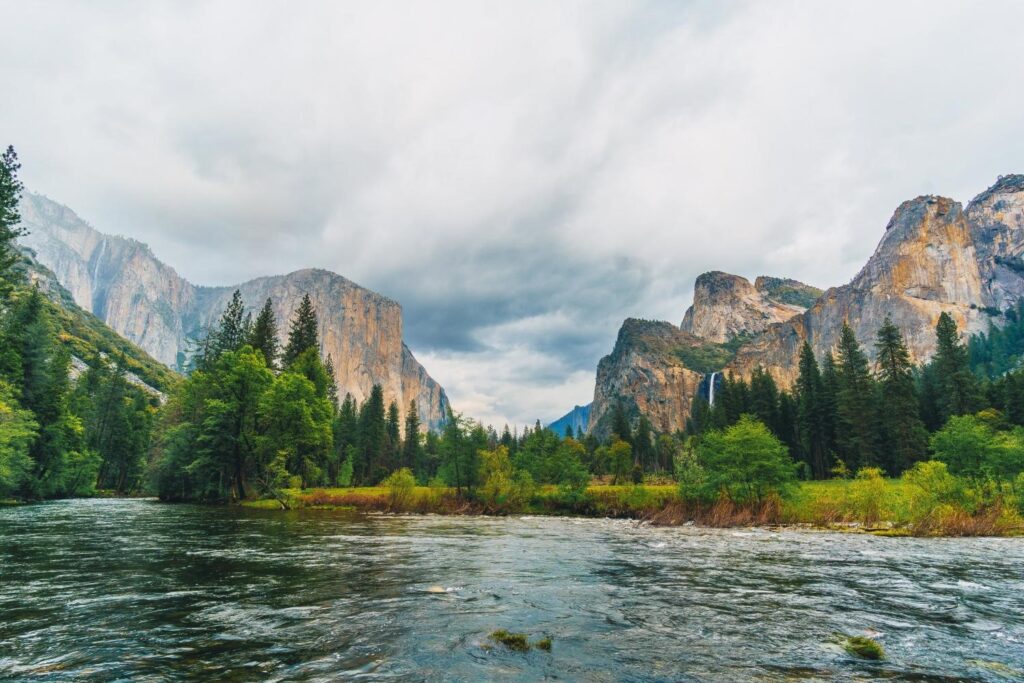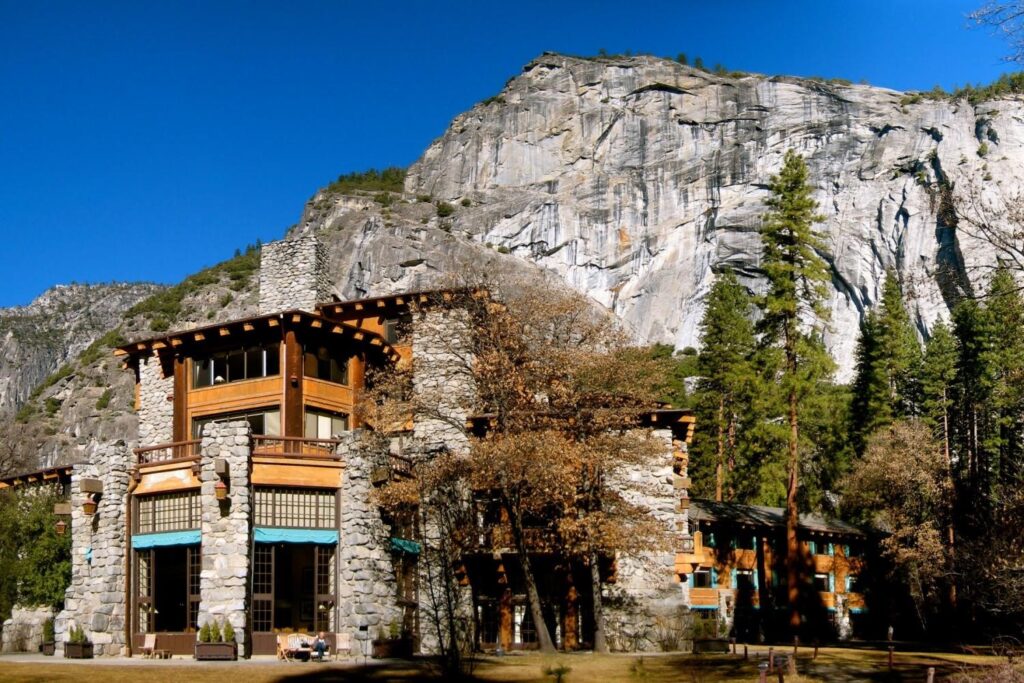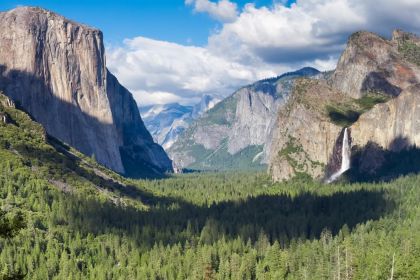Being one of the most naturally beautiful and mystifying places in the world, Yosemite National Park is a must if you’re visiting Central/Northern California. Any person who has been to America’s first National Park will tell you that it is beyond worth going and you will only kick yourself for missing out on it.

Located in the western region of the Sierra Nevada mountains in Central California, Yosemite was a pinnacle in the push of preserving and developing national parks. Being one of the largest, nearly 95% of the park is strictly designated wilderness. This simply means that no one goes in a upkeeps how the environment but leaving it all up to Mother Nature. Leaving Yosemite as is, with no intrusive assistance from humans, it is one of the most well-preserved National Forests in America with rocks and glaciers dating back from millions of years ago.
Known for its captivating waterfalls, Yosemite is also home to other aspects of nature like glaciers, giant sequoia groves, granite cliffs, clear streams, and is hailed for its biological diversity. With its span of over 1,189 square miles, the National Park is about the size of Rhode Island – therefore, loads of room for all of this natural beauty and growth.

With its near 4 million visitors each year, tourists commonly tend to stay within the 7 square miles of Yosemite Valley. It is a more of a level area so it’s easier for families or those with disabilities can get around. The Valley is only 1% of the entirety of Yosemite; nevertheless, the valley is something that even pictures can’t do justice.
This tour includes a relaxing drive through the Sierra Nevada mountain range with scenic views of the Half Dome and El Capitan. Not to mention the countless wildlife and luscious greenery that will be seen everywhere our tour ventures. Not only do you get to experience Yosemite from the comfort of our air-conditioned and luxury buses, but there will also be a guided tour through Yosemite Valley along with plenty of free time to survey the area to take it all in. With its countless lunch options, bike rentals, and museums, you won’t be the least bit bored exploring your new favorite National Park.

Yosemite’s indescribable beauty can be experienced through one of Grayline’s tours that you can book here today: https://graylineofsanfrancisco.com/tours/san-francisco/yosemite-national-park-day-tour-8392_15/






